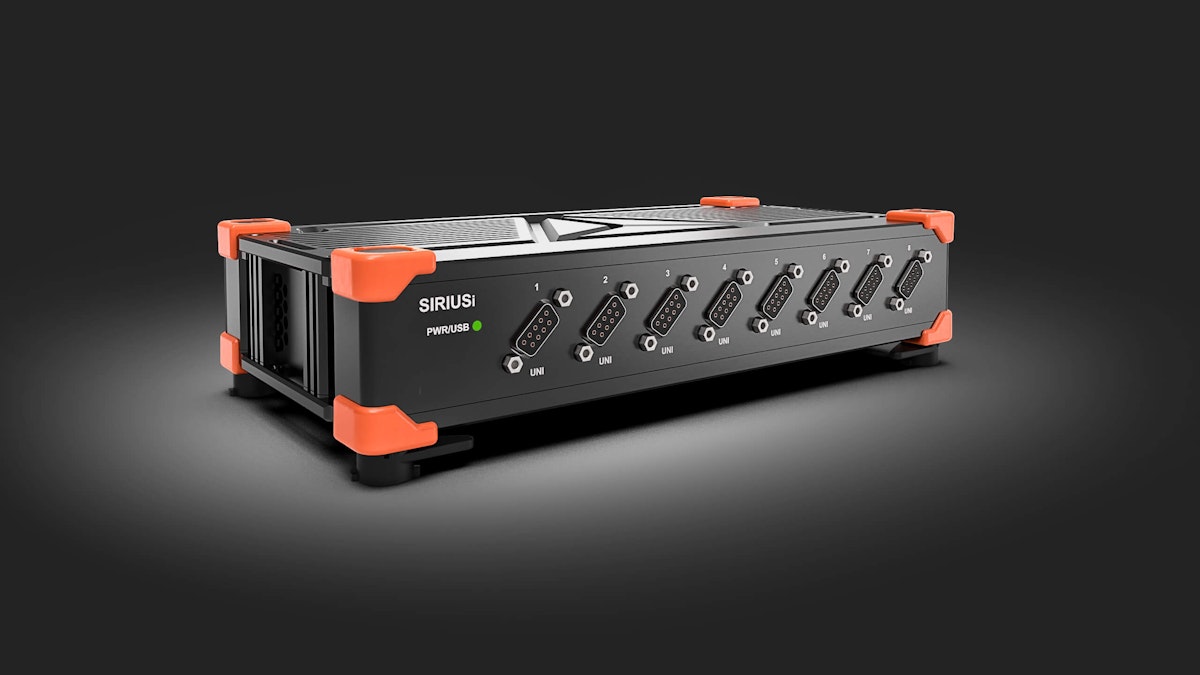Table of contents
Browse categories
Browse authors
 AB
ABAlberto Boffi
 AL
ALAlessia Longo
 AH
AHAl Hoge
 AB
ABAljaž Blažun
 BJ
BJBernard Jerman
 BČ
BČBojan Čontala
 CF
CFCarsten Frederiksen
 CS
CSCarsten Stjernfelt
 DC
DCDaniel Colmenares
 DF
DFDino Florjančič
 EB
EBEmanuele Burgognoni
 EK
EKEva Kalšek
 FB
FBFranck Beranger
 GR
GRGabriele Ribichini
Glacier Chen
 GS
GSGrant Maloy Smith
 HB
HBHelmut Behmüller
 IB
IBIza Burnik
 JO
JOJaka Ogorevc
 JR
JRJake Rosenthal
 JS
JSJernej Sirk
 JM
JMJohn Miller
 KM
KMKarla Yera Morales
 KD
KDKayla Day
 KS
KSKonrad Schweiger
Leslie Wang
 LS
LSLoïc Siret
 LJ
LJLuka Jerman
 MB
MBMarco Behmer
 MR
MRMarco Ribichini
 ML
MLMatic Lebar
 MS
MSMatjaž Strniša
 ME
MEMatthew Engquist
 ME
MEMichael Elmerick
 NP
NPNicolas Phan
 OM
OMOwen Maginity
 PF
PFPatrick Fu
 PR
PRPrimož Rome
 RM
RMRok Mesar
 RS
RSRupert Schwarz
 SA
SASamuele Ardizio
 SK
SKSimon Kodrič
 SG
SGSøren Linnet Gjelstrup
 TH
THThorsten Hartleb
 TV
TVTirin Varghese
 UK
UKUrban Kuhar
Valentino Pagliara
 VS
VSVid Selič
 WK
WKWill Kooiker
New SIRIUS UNI Universal Strain Gauge, IEPE, Voltage, RTD, Resistance, and Current Amplifier

February 20, 2023

Can SIRIUS STG amplifier become even more universal? Yes, it can!
The newly released SIRIUS UNI amplifier adds IEPE signal input to the already known STG amplifier. The module is based on the SIRIUS DualCoreADC® technology enabling a high dynamic range (> 160 dB). The amplifier also offers a high voltage range. Improved excitation current accuracy enables constant current supply for quarter bridge applications (2- or 4-wire).
With the introduction of native IEPE mode, the module supports DC or AC mode input coupling with 0.16 Hz high-pass filter for low ranges (0.3 Hz for 100 V range).
SIRIUS UNI supports both Class 1 and Class 2 TEDS.
The input connector is D-SUB9, the optional connector is a female 10-pin LEMO 2B series (on request 8-pin LEMO-2B, 16-pin LEMO-2B).
Main features
Universal input: Voltage, Full/Half/Quarter bridge strain (120 Ω and 350 Ω), constant voltage/current supply, IEPE, Potentiometer, RTD, Resistance, Current (ext. Shunt).
High voltage range (up to ±100 V).
Better excitation current accuracy.
Quarter bridge constant voltage/current supply.
High dynamic range.
Dual TEDS support (Class 1 & Class 2).
SIRIUS UNI is available in an isolated and differential version. It comes as a single or a rack slice and with UNI+, counter option. For details check the order codes below.
Universal amplifier for dynamic and static strain measurements
The SIRIUS UNI amplifier supports a bunch of different connection methods for strain gages, selectable in software:
Full bridge 6 wire / 4 wire
Half bridge 5 wire / 3 wire
Quarter bridge 3 wire / 4 wire
Usually the most common is the “constant voltage supply”, furthermore when using the sense lines, cable influences can be cancelled by pressing the “Compensate” button in channel setup.
The “constant current supply” for more demanding applications gives a better sensitivity output even when the cable resistance will change a lot during the measurement due to temperature. So far, the minimum connection method was 3-wire.
In high temperature strain measurements – on gas turbines, combustion engines, aerospace applications… - the change of lead wire resistance might not be symmetrical. This would indicate strain which physically does not exist. For dynamic strain measurements the static strain value can be removed by selecting AC coupling.
The SIRIUS UNI amplifier comes with a new Quarter Bridge CC (Constant Current) mode, which allows the use of only 2 wires. This AC-coupled resistor measurement is especially needed for rotating machines, where the number of slip ring contacts is limited.
SIRIUS UNI amplifier connector pinouts
DSUB9 connector
| Pin | Name | Description |
|---|---|---|
| 1 | Exc+ | Excitation + |
| 2 | In+ | Input + |
| 3 | Sns- | Sense - |
| 4 | GND | Ground |
| 5 | R+ | ¼ Bridge/Shunt |
| 6 | SNS+ | Sense + |
| 7 | In- | Input - |
| 8 | Exc- | Excitation - |
| 9 | TEDS | TEDS |
LEMO 10-pin connector
| Pin | Name | Description |
|---|---|---|
| 1 | Exc+ | Excitation + |
| 2 | Exc- | Excitation - |
| 3 | In+ | Input + |
| 4 | In- | Input - |
| 5 | Sns+ | Sense + |
| 6 | Sns- | Sense - |
| 7 | DI-CNT | Digital I/O, Counter |
| 8 | TEDS | TEDS |
| 9 | R+/SHUNT | Resistance / SHUNT |
| 10 | GND | Ground |
SIRIUS UNI technical specifications
For full specification about SIRIUS UNI amplifier, please check the SIRIUS technical specifications page.